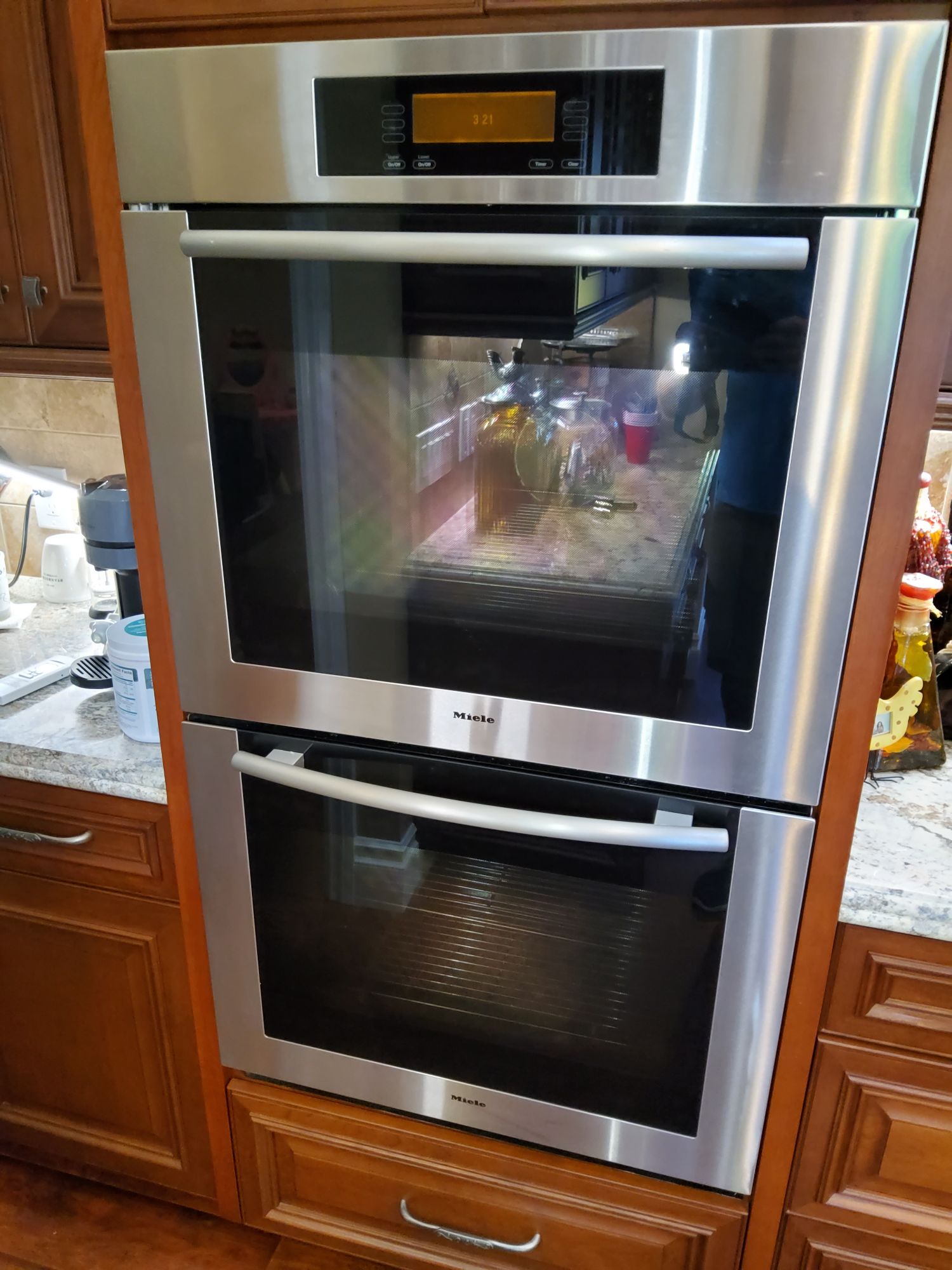
Experiencing a power outage can be inconvenient, but it’s even more frustrating if your appliances especially your oven stop working once the power returns. Power outages, particularly when accompanied by voltage fluctuations or surges, can impact sensitive electrical components within appliances. Ovens, being one of the most commonly used kitchen appliances, are susceptible to issues following power outages. Here’s a step-by-step guide on what to do if your oven has stopped working after an outage, and when you should call in a professional.
Step 1: Check the Power Source
Before diving into oven-specific troubleshooting, start by ensuring the issue is not with your power source or circuit breaker. Here’s what you should do:- Inspect the Circuit Breaker: Power outages sometimes cause surges, which can trip circuit breakers. Go to your breaker box and check for any tripped switches. If the circuit breaker connected to your oven is in the “off” position, switch it back on.
- Verify Outlet Functionality: If your oven is plugged into an outlet, check if that outlet is supplying power. You can plug another appliance (like a phone charger or small kitchen gadget) into the same outlet to see if it’s working.
- Look for GFCI Outlets: Some kitchens have Ground Fault Circuit Interrupter (GFCI) outlets, which are designed to shut off power during a surge. Resetting the GFCI outlet by pressing the “reset” button can restore power to the outlet and, possibly, your oven.
Step 2: Assess the Oven’s Control Panel
Modern ovens often come with a digital control panel, which is sensitive to electrical surges. If the display or control panel is not lighting up after a power outage, there may be an internal issue. Here are some steps you can take: ⠀- Reset the Oven: Unplug the oven (or switch off the circuit breaker if it’s hardwired) for five minutes, allowing it to reset. After plugging it back in, see if the control panel responds. A quick reset often helps restore digital functionality.
- Check for Error Codes: Some ovens display error codes if they detect an internal problem. If you see an error code on your control panel, refer to your oven’s manual to determine what it means. In many cases, error codes signal that a component may have failed or that the oven is in a “lock” mode.
- Attempt to Use the Oven Manually: If your oven has a manual dial or basic temperature control (instead of a digital display), try turning it on manually. If it works, the issue could lie solely with the digital control panel.
Step 3: Inspect Internal Components
If basic power and reset checks don’t work, the power surge may have affected one or more of your oven’s internal components. It’s possible that a fuse, thermostat, or other electrical component has burned out. Here’s what to consider: ⠀- Fuses and Relays: Many ovens have internal fuses that prevent damage from power surges. However, if a fuse blows, the oven will stop working until it’s replaced. If you’re comfortable with basic appliance repair, you may check these fuses (found in the back of the oven or behind the control panel). Replacing a fuse requires care, so if you’re unsure, it’s best to call a technician.
- Thermostat and Heating Elements: Surge-related issues can sometimes damage heating elements or temperature sensors. If your oven appears to power on but doesn’t heat up, there could be a fault with one of these components.
- Wiring and Circuit Boards: In more severe cases, the main circuit board could be damaged due to voltage fluctuations. This would require specialized repair, as the circuit board controls many critical functions in modern ovens.